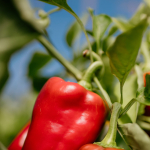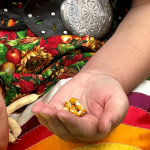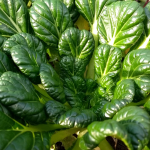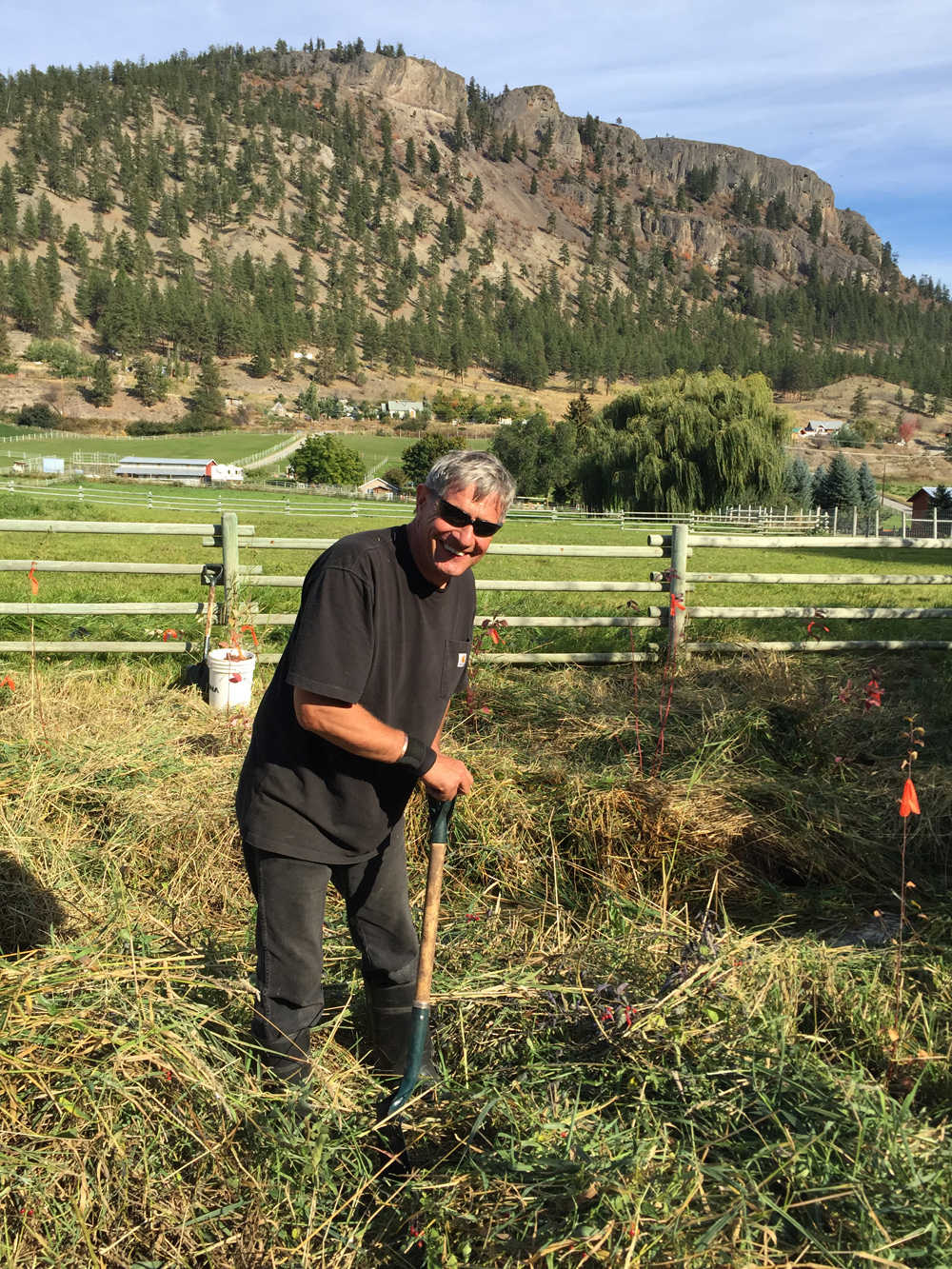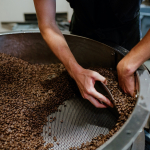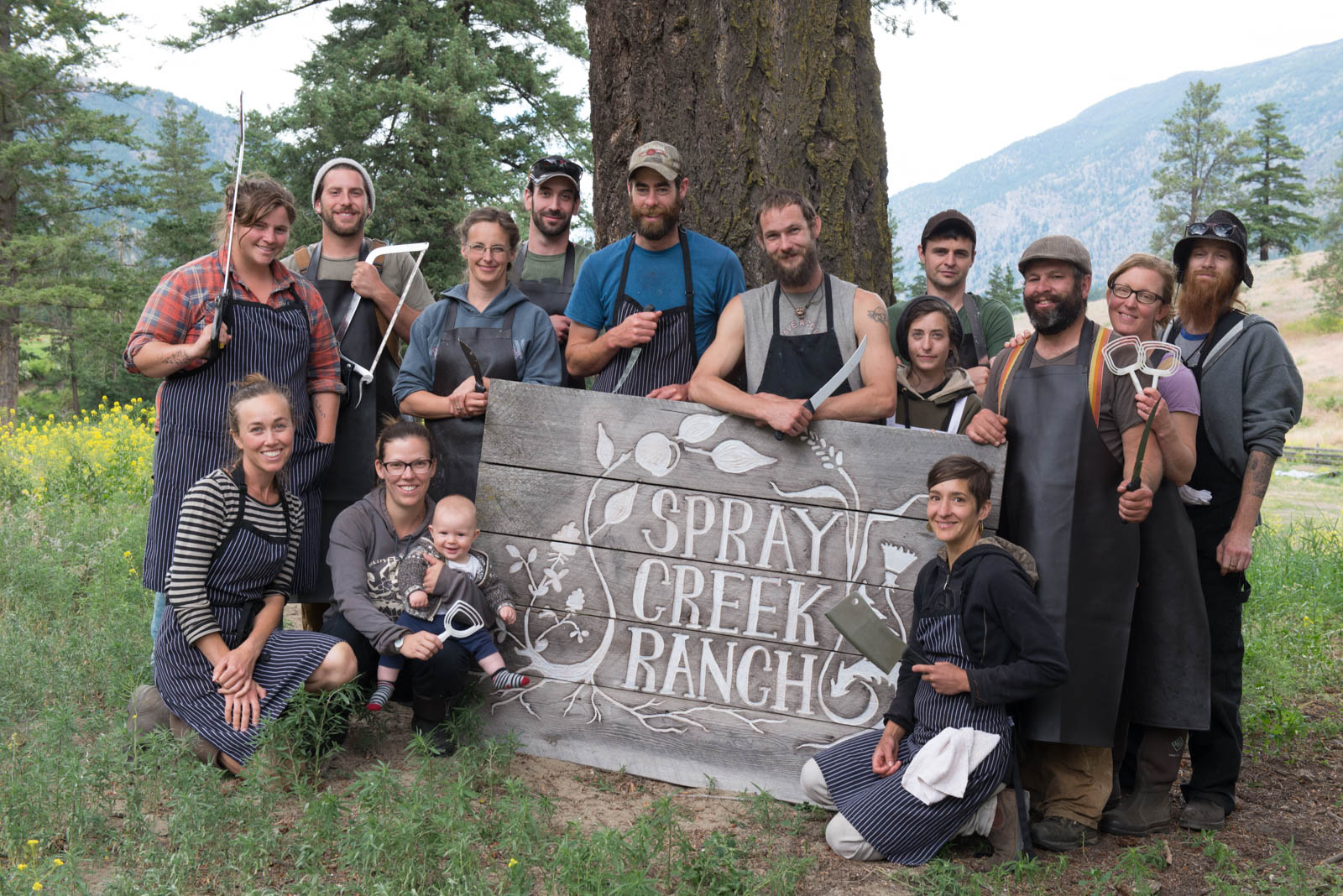Weeds: Don’t Shoot the Messenger

(Not Until You Understand the Message)
Av Sing
This article first appeared in The Canadian Organic Grower, with thanks.
All too often when farmers start talking weeds, a common first question is “How do I get rid of a bad case of…?” when a more appropriate question is “I wonder why my field has a bad case of…?”
The subtle difference in the above question requires a surprisingly dramatic paradigm shift in your view of weeds. Weeds must shed their role as problems, pests, and sources of frustration, and instead take on the role of symptoms, storytellers, and healers. Weed advocates consider weeds as plants with a mission and look to learn what the weeds can tell us about our soil conditions (e.g. pH, drainage, compaction, etc.) or our management practices (e.g. crop rotation, row spacing, stocking rate, tillage, etc.).
Weeds Redefined
Nicolas Lampkin, in Organic Farming, stresses that it is the human activity of agriculture that generates weeds. He defines a weed as “any plant adapted to man-made habitats and interferes with human activities.” For weed spin doctors, even that definition is too harsh because it focuses too much on the negative. The first step in our weed propaganda is to begin viewing the appearance of weeds as beneficial.
We are all familiar with the saying nature abhors a vacuum. Well, cultivation essentially creates a vacuum where whole communities of plant and soil life are disrupted and/or destroyed. Nature responds with weeds. Within days, pioneer plants such as pigweed, lamb’s quarters, and purslane grow rapidly and thickly. They anchor the soil and generate organic matter that feeds the soil life. These fast-growing annuals also provide shade, hold moisture, and moderate soil temperatures that allow other plants, such as biennials and perennials (including grasses), to initiate growth. If left for another season, this land will have fewer fast-growing annuals and favour later successional plants.
In our fields, the soil is in an unnatural state of continuous disturbance and as a result we primarily deal with the early colonists. Most of these fast-growing annuals grow without associated mycorrhizal fungi (primarily because their life cycle is too short to benefit from a symbiotic partnership). Expectedly, soils rich with mycorrhizal fungi (e.g. pastures, forest floors, agricultural soils rich in organic matter, especially through the use of compost) have fewer annual weeds. Elaine Ingham of Soil Foodweb Inc. suggests that the presence of the fungi serves as a signal that keeps annual weeds from germinating.

Learning From Your Weeds
Now that we better appreciate why weeds appear in our farms and gardens, we can take a closer look at how we can use weeds as indicators for our soil conditions. It is important to note that many weeds can tolerate a wide range of conditions and therefore the appearance of a few individual weeds are not necessarily proof of an underlying soil condition. For example, both perennial sow thistle and dock indicate poor drainage, but dock prefers more acidic soils, while thistle favours a higher pH. You can however learn about the conditions if the weed population is dominated by several species that all prefer similar conditions. For example, if plantain, coltsfoot and ox-eye daisies are the predominant weeds, this could indicate that the soils are waterlogged or have poor drainage.
Agricultural practices such as cultivation, fertilization and grazing management can have a great impact on the soil and, in turn, on the appearance of particular weed species. Frequent tillage will disturb the billions of viable seeds in the soil seed bank and, with sunlight, these will germinate and occupy bare soil. Weeds such as lamb’s quarters and redroot pigweed can produce 75,000 to 130,000 seeds per plant (respectively), which can remain viable in the soil for up to 40 years.
The presence of legumes, such as vetch, medic and clover, may suggest that the soil is lacking nitrogen. In contrast, weeds growing on the same soil that appear pale yellow and/or stunted also indicate low fertility. Overgrazing of pastures may lead to compacted soils and then the presence of perennial bluegrass species and bentgrasses may predominate.
The lack or imbalance of calcium can allow soils to become compacted and without the proper biology in the soil (fungi in the case of calcium), calcium will not stay in the soil.
Soil pH
In addition to helping protect and improve the organic matter content of the soil, weeds can also indicate the acidity or alkalinity of the soil. Most agricultural crops do best in a slightly acidic soil (pH of 6 to 6.5). An increasing presence of weeds such as plantain, sorrel or dandelion may suggest that the pH is dropping below a desirable level. However, having acidic soils should not be viewed as detrimental. Much of Albrecht’s work highlighted that poor plant performance on low pH soils was in fact a consequence of low soil fertility or an imbalance of soil nutrients, rather than soil pH. For example, many alfalfa growers have witnessed a dramatic invasion of dandelions after spreading high levels of potash. Essentially, the potash had suppressed calcium levels in the soil. The deep-rooted dandelion scavenges calcium from lower depths and upon its death released the calcium at the soil surface. The appearance of dandelions may be interpreted as indicating acidic soils when in fact the ratio of calcium to potassium caused their appearance.

Extreme Weed Makeover: Look for the Positive in Weeds
- Weeds can act as a green manure or cover crop.
- Weeds can serve to cycle nutrients from the subsoil (e.g. deeprooted weeds such as dandelions or burdock).
- Deep-rooted weeds can break up hard pans, thereby regulating water movement in the soil.
- Weeds can conserve soil moisture.
- Weeds can provide habitat for beneficial organisms.
An imbalance of magnesium relative to calcium can lead to tight soils and eventually anaerobic conditions. Calcium causes soil particles to move apart, providing good aeration and drainage; fungi help to prevent the leaching of calcium out of the soil. Magnesium makes particles stick together and if soils become too tight, oxygen becomes limited and beneficial forms of soil life disappear. In such conditions, organic residues in the soil do not decay properly, and increased carbon dioxide in the soil favours fermentation of the organic matter, resulting in byproducts such as alcohol and formaldehyde. These substances inhibit root penetration as well as create favourable conditions for soil diseases such as pythium and phytophora. Fermentation can also create methane gas which is conducive to the appearance of velvetleaf, or ethane gas which helps jimsonweed to prosper. Grasses with their fine and numerous roots attempt to break up tight soils, while the presence of many grassy weeds may indicate tight soils.
Mycorrhiza is a symbiotic association between fungi and plant roots. Most agricultural crops depend on, or benefit from, their associations with mycorrhizae. In exchange for carbon from the plant, mycorrhizal fungi make phosphorus more soluble and bring soil nutrients (N, P, K) and water to the plant. The Cruciferae family (e.g. broccoli, mustard) and the Chenopodiaceae family (e.g. lamb’s quarters, spinach, beets) do not form associations with these fungi. Frequent tillage, fungicides and high levels of N or P will inhibit root inoculation. Similarly, the practice of fallowing will reduce levels of mycorrhizae because the plants that establish following tillage usually do not form associations with the fungi.
This article is based primarily on the knowledge and observations of farmers who wanted to better understand the connection between what was growing in their soil and the various management practices they were employing.
The American poet Emerson once wrote, “What is a weed? A plant whose virtues have not yet been discovered,” perhaps referring to their greatest virtue to farmers as messengers of the soil.
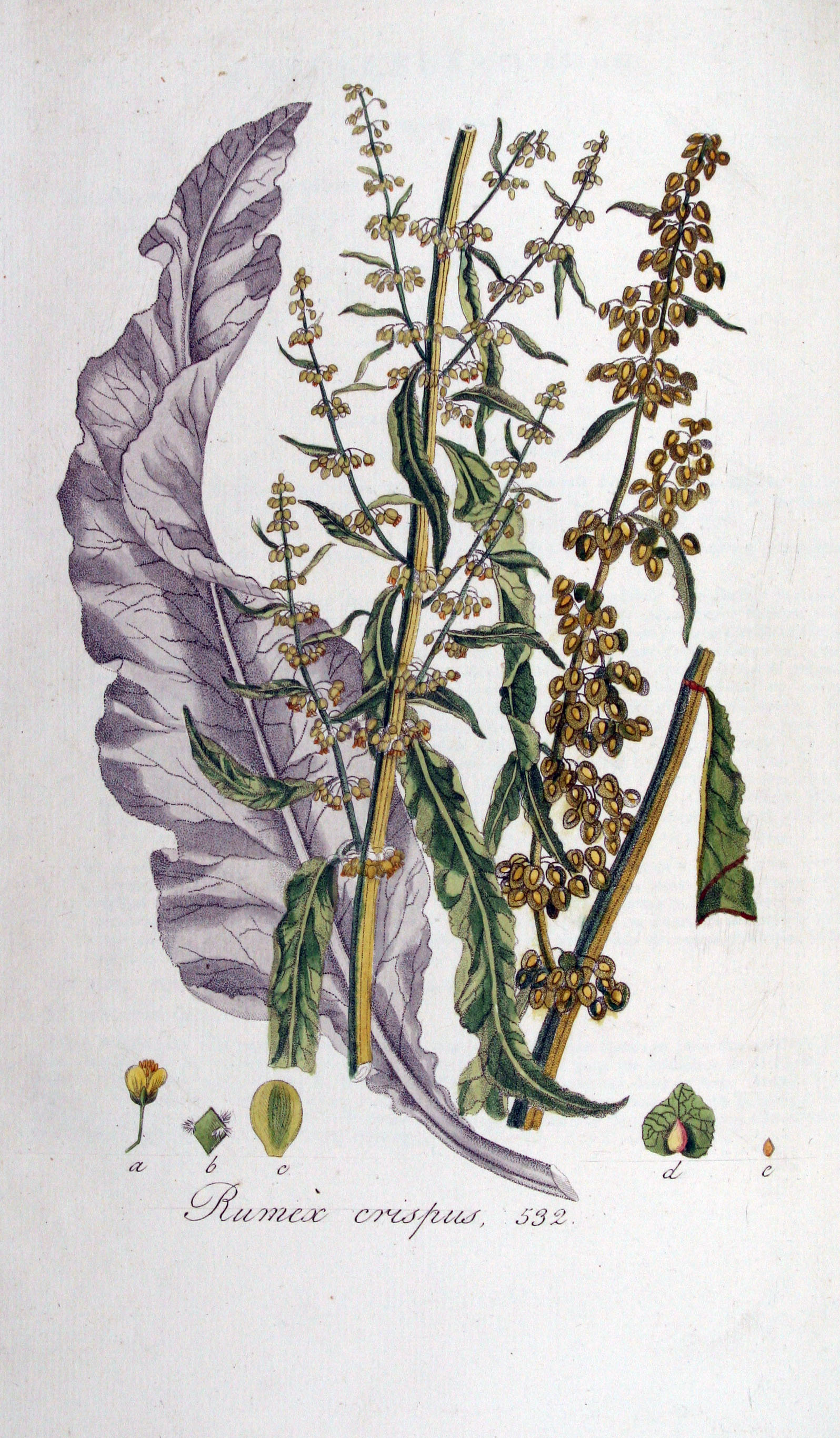
Recommended reading (available from the COG library):
Pfeiffer, E.E. (1981). Weeds and what they tell. Biodynamic Farming and Gardening Assoc, USA.
Soil Association. (1982). The Value of Weeds. Soil Association, UK.
Av emphasizes farmer-to-farmer knowledge exchange and works to hone farmer intuition in making management decisions. Currently, Av serves as a cannabis cultivation advisor to many Licensed Producers in North America and the Chief Science Officer with Green Gorilla (a Hemp and Cannabidiol Company). Av is also serving as the Vice-President of the Canadian Organic Growers and is proud to be a member of Slow Food Canada, Food Secure Canada, and the National Farmers’ Union. Av is also a faculty member at Earth University (Navdanya) in India where he delivers courses on agroecology and organic farming. Av can be reached for questions or comment at 902-698-0454 or av@fs-cannabis.com.


